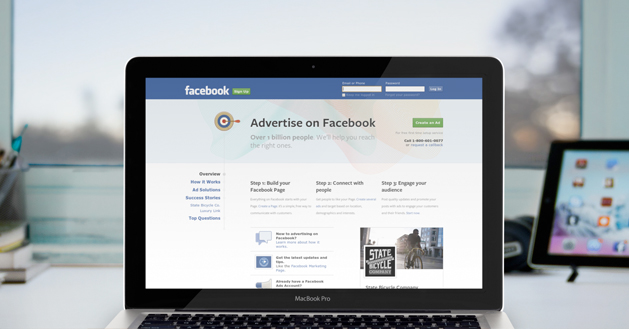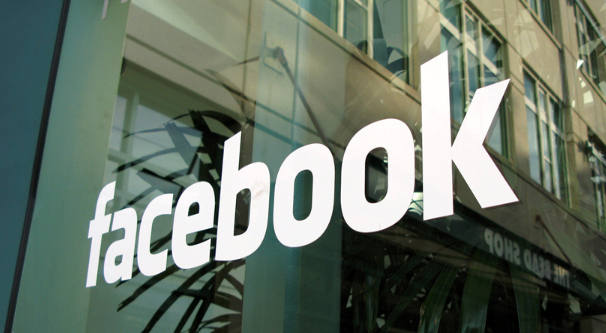Why Setting Up Multiple Facebook Campaigns is Effective ?
Relatively recently, Facebook added a third layer to their promotion
campaign organization, and it’s very effective. Now you can efficiently
organize your ads in a quantity of ways, to make them as effective as likely.
To do this, though, you need to utilize all three levels. If you’re bouncing
the new level just because Facebook changed and you were perfectly fine with
the old way of doing things, well, you’re Grandpa Simpson yelling at a fog.
The Ad Level
Let’s start from the bottom up. At the very bottom of the
hierarchal pyramid, you have the ad themself. Every ad is a unique entity. It
has an image, a positioning, a title and copy. It has a URL. It has targeting
factors for a specific audience. It has a budget and a spending plan.
If you wanted a variation on that ad, you would need to
create a copy of that ad. In the past, before Facebook added the second
level in the tree, you would need to create that ad within the same campaign.
This meant if you wanted a completely different ad base, you would need to make
a new campaign.
The Ad Set Level
The Ad Set level is the new level Facebook other. Think of this like a
grouping of similar ads. You have one base ad, and five differences of that
ad, testing different images; these are all part of the same ad set. You might
use ad sets to test different finances, or different viewers, or different
copy.
Within each ad set can be as many ads as necessary to test each
feature you want to test. Ad sets fit within campaigns. In general, you will
divide ad sets by budget, targeting or development.
The Ad Campaign Level
The ad campaign is the top level for ad group, at least within
Facebook’s system. It’s the group that contains all ad sets for a set
objective. You might use a campaign centered around a particular event. Within
that campaign, you have ad sets for each different type of ad, like a news feed
ad, a sidebar ad, and a mobile ad. Within those sets, you have distinctions on
each ad, testing changes in copy or in image.
Ideal Organization
At the top level, you have your campaigns. Form a new campaign
for each major objective you want to complete. For example, say you’re a small trade,
and you want to earn more product sales. At the same time, you want people to
download your mobile app. These are two different objectives, and thus warrant
two different campaigns.
In the ads manager you will want to create two new
campaigns. Term one “app downloads” and the extra “product sales.”
Or something like that, I don’t care what you name them, just name them
something you can recall, or that’s descriptive enough that you don’t need to
remember.
With in each campaign, you will produce as many ad sets as you
need. Divide ad sets based on your targeting, your budget, or your list. For
example, under your Product Sales campaign, you might make three different ad
sets, each with a different target audience. Everything else – budget and
schedule – will be the same. Alternatively, you can use the same audience for
all three, but change your schedule. One set might run unceasingly, one set
might run for a month only, and one set might run only during explicit hours of
the day.
The Ad Set level is also where you choose the ad
placement. For your App Downloads campaign, you might path three campaigns; one
for desktop users, one for mobile users that runs all the time, and one for a
different audience of mobile users that runs for a short duration.
Within each ad set, you create your individual ads. Ideally,
each ad should be more or less the similar, with one thing changed. This is
called split testing.
When you split test your ads, you’re going to want to keep as
many variable the same as possible. This means the same budget, the same aiming,
the same copy, but a different image. Or the same image, but a unalike title.
The primary ways you will track your split ads are through UTM limits
or through the Facebook offsite pixel.
UTM parameters are a Google device. You use these in union with a Google
Analytics installation on your website. For each ad, you’ll want to go to the URL
creator and create a specific campaign and ad set flag
for each URL. When you run the ad, you use this long URL as the landing page.
This allows you to track gen about the people who click through your ad. Make
sure you use a different URL for each ad, or else your data will total and you
won’t be able to tell who came from which ad.
The Facebook offsite pixel is a bit of code you can create over the
Power Editor. You can read all about it. It’s a conversion chasing tool; it
follows people who click through your ad and records data about them. It also
records when they alter, so they can be
added to a special audience.
Why Use Multiple Campaigns?
As mentioned above, you should be using a unlike campaign for
each business objective. What you shouldn’t do, however, is try to finish one
campaign formerly you start another. There’s no reason not to run multiple
campaigns.
The biggest benefit of multiple campaigns is the ability to run
time-sensitive campaigns in addition to the standard ads you run all the time.
You don’t have to deactivate or edit your existing campaign; you just make a
new one. You can bet a company like Sony has a dozen unlike campaigns running
at once.





Comments
Post a Comment